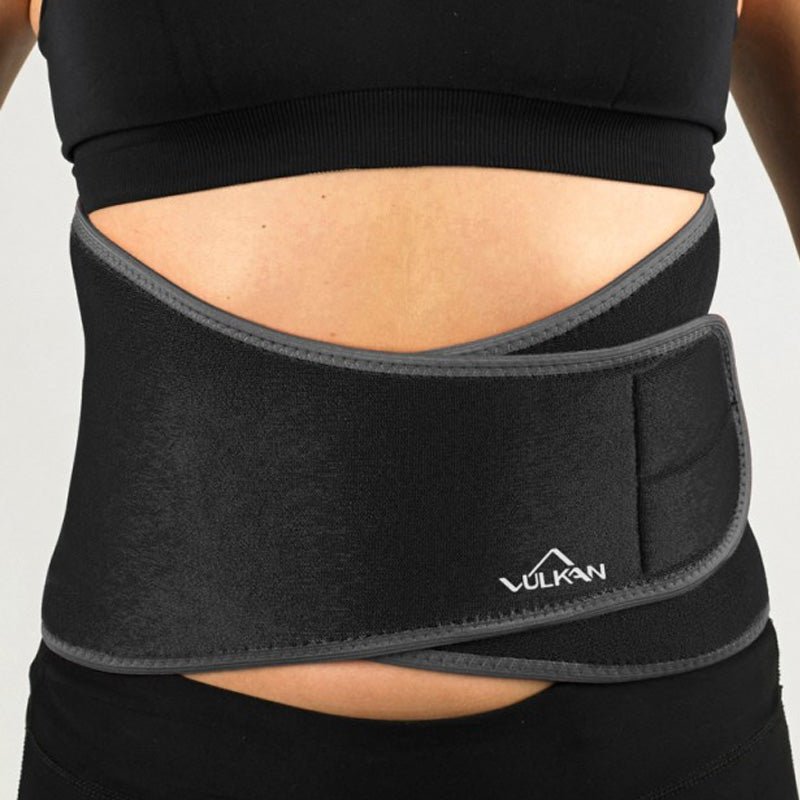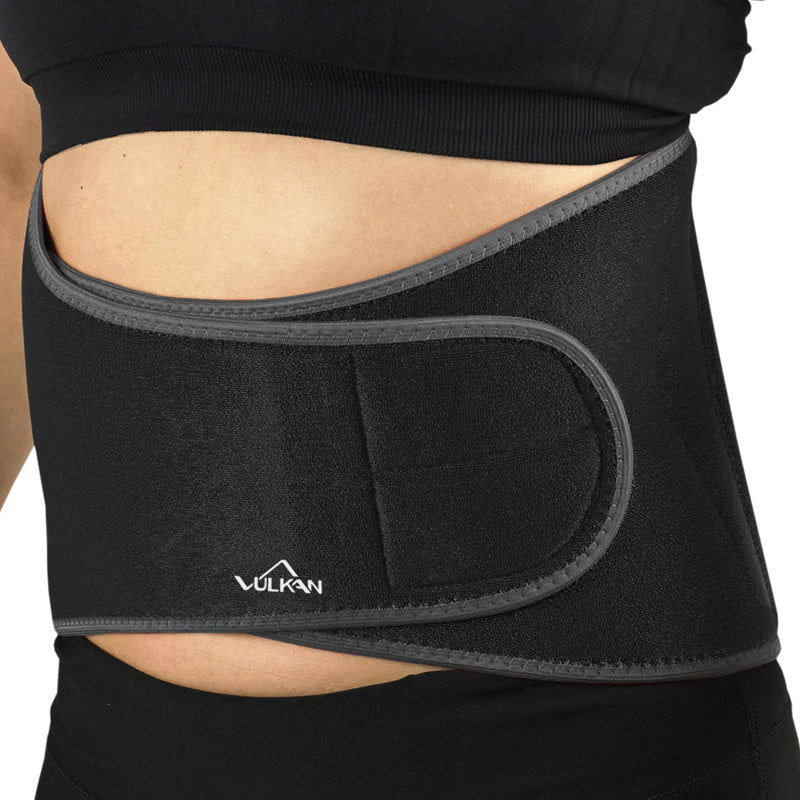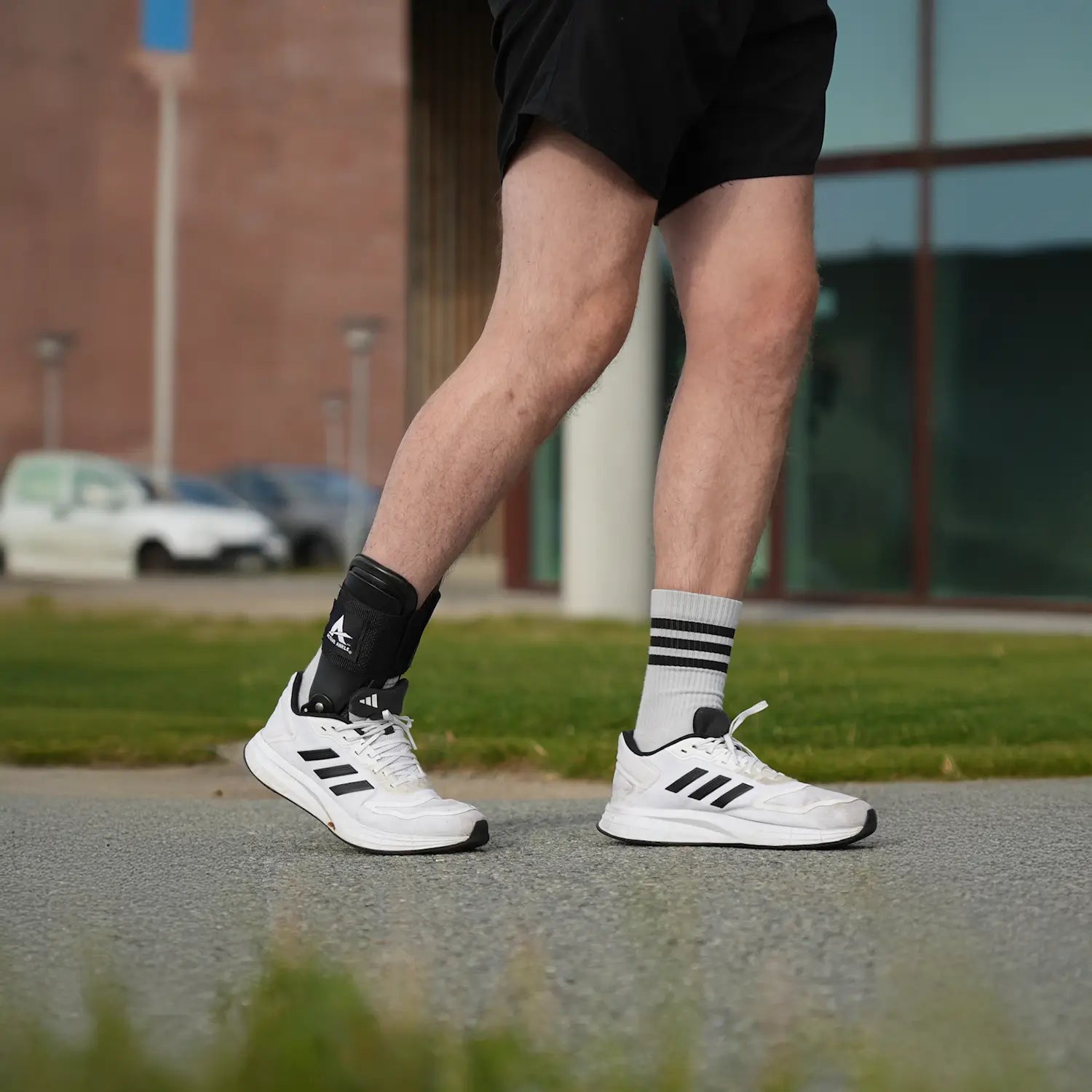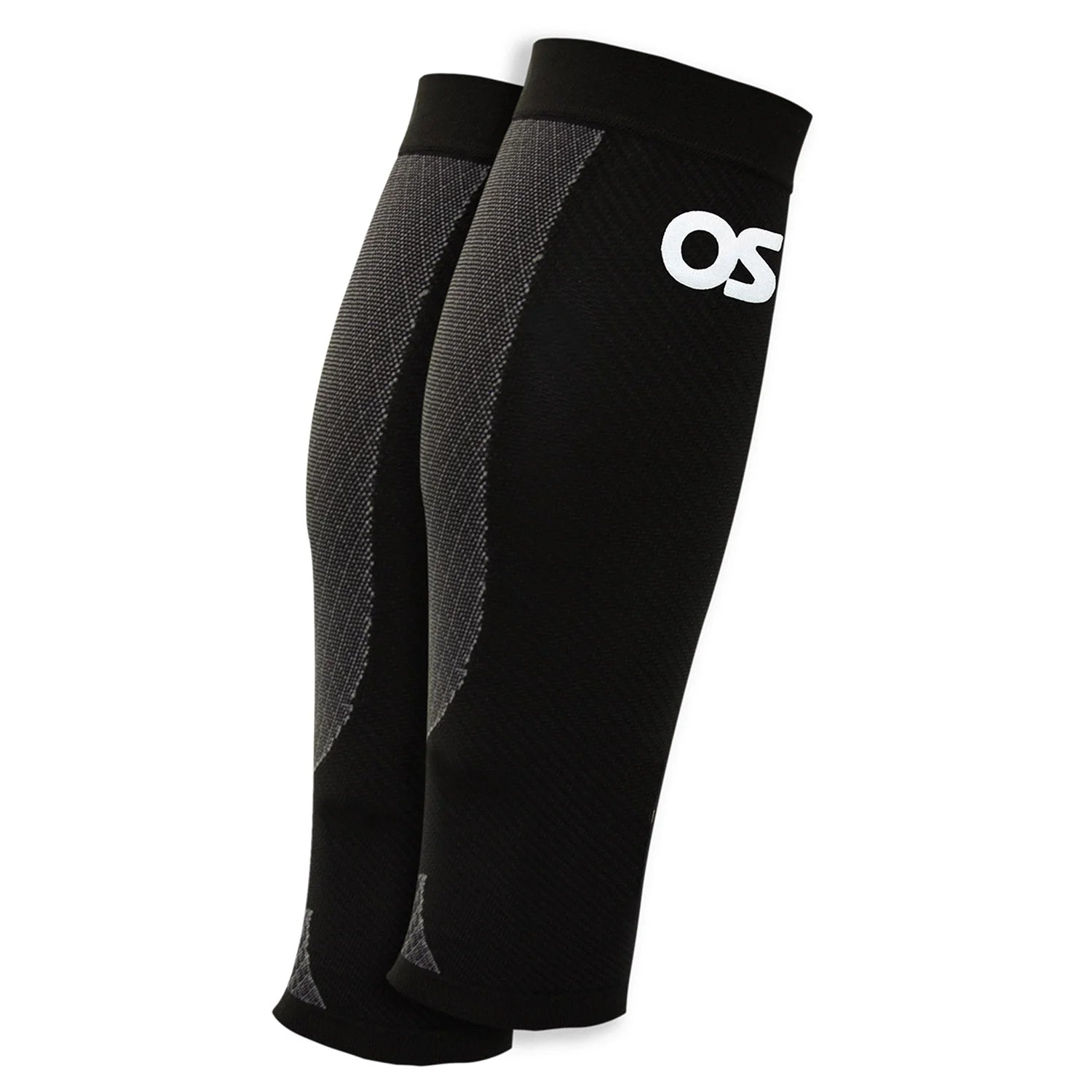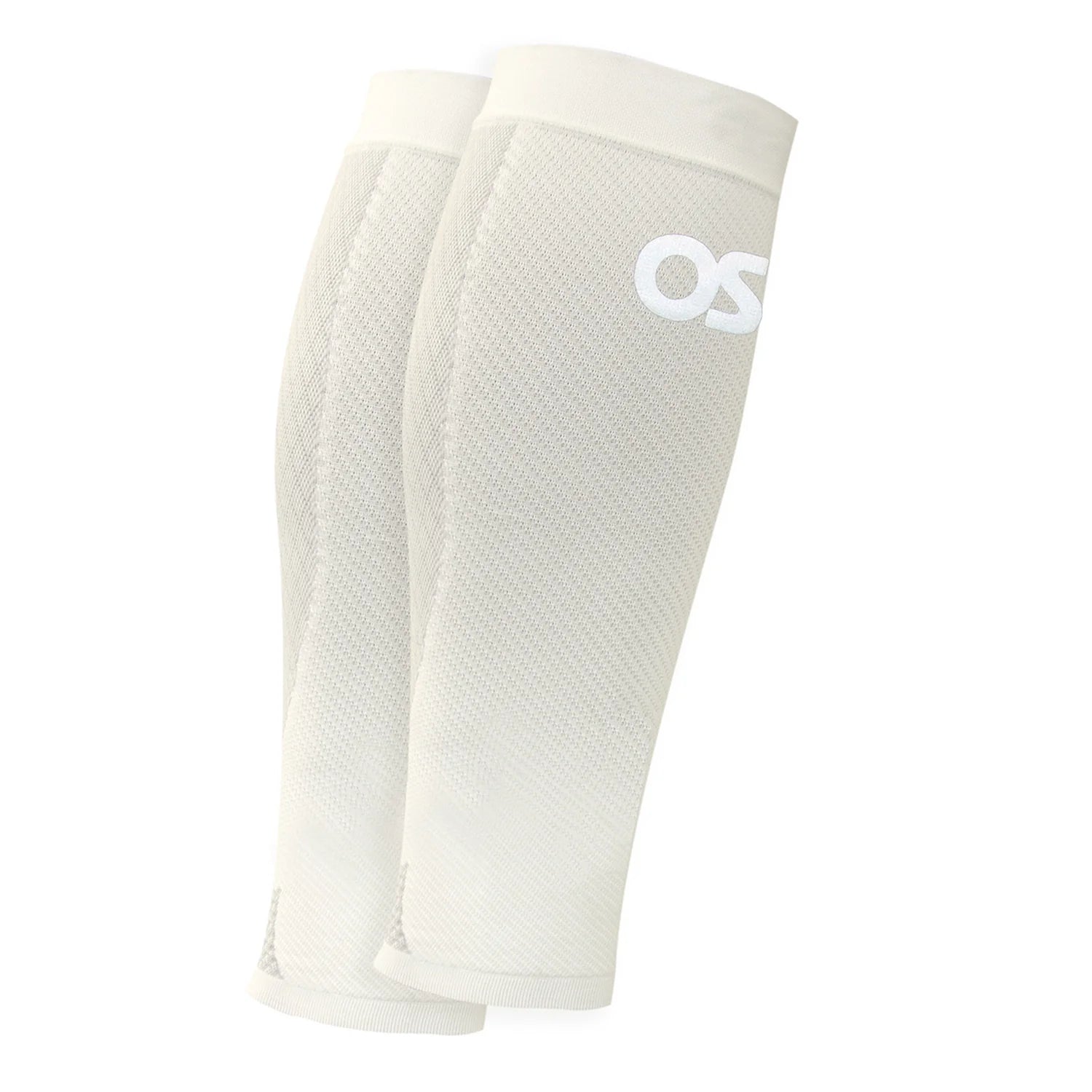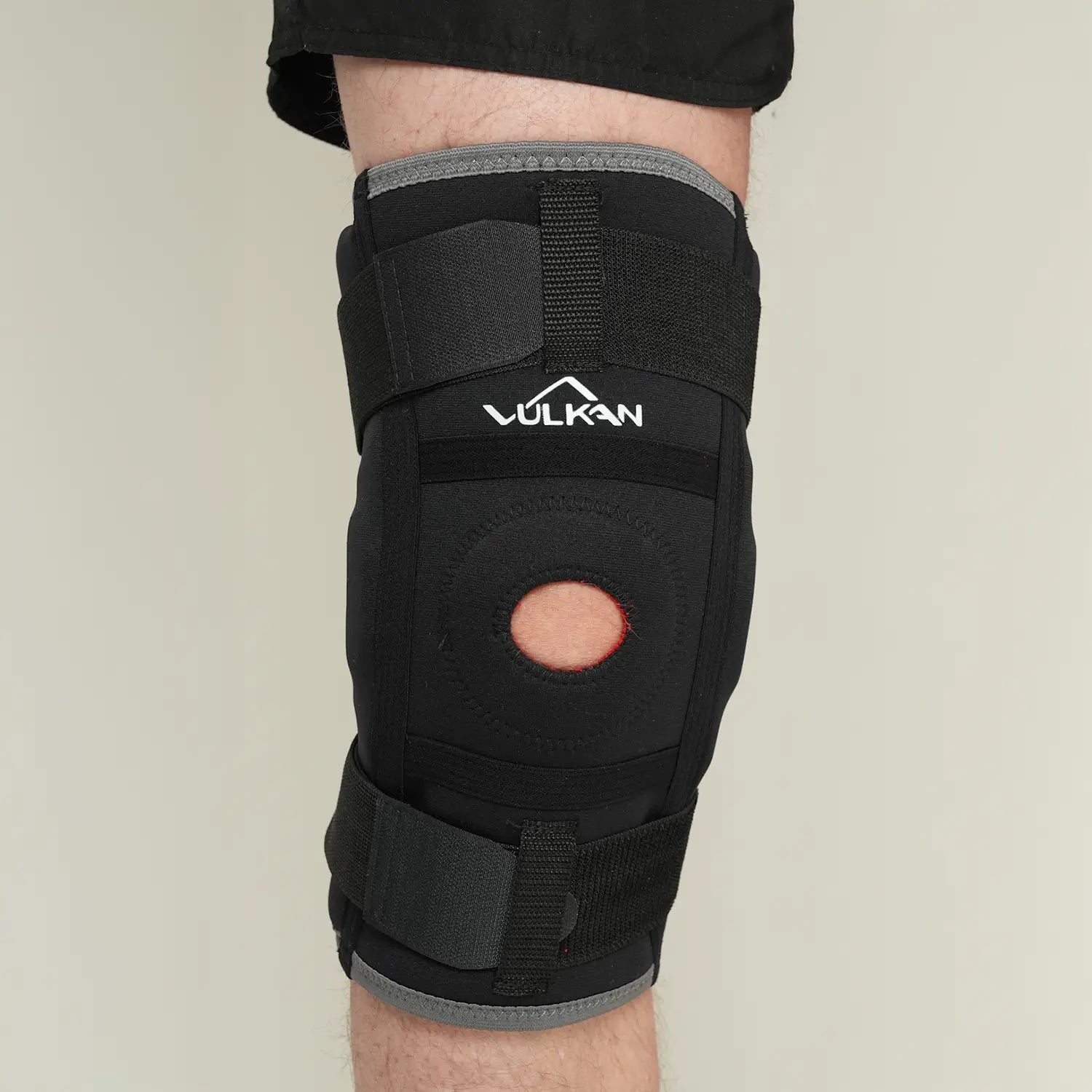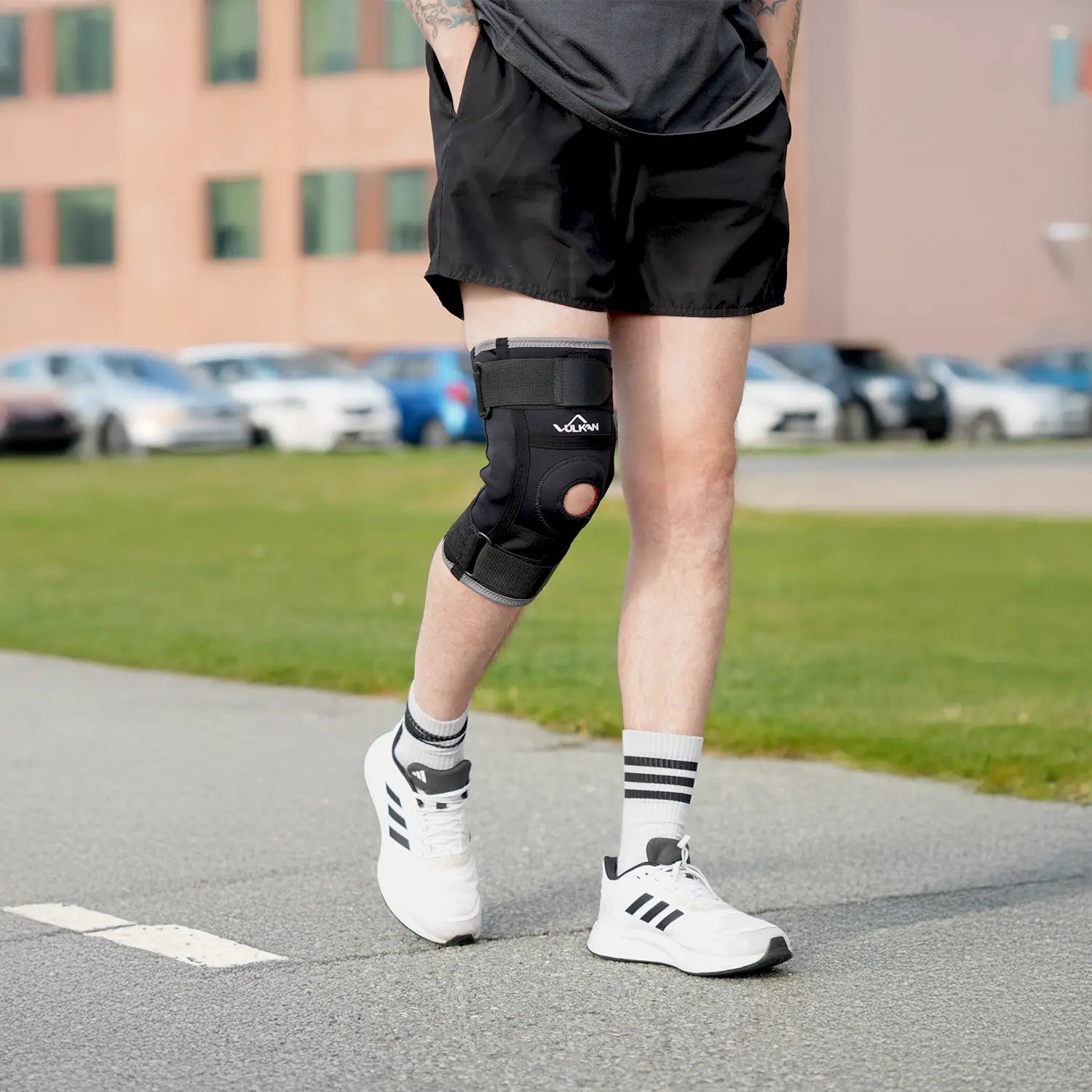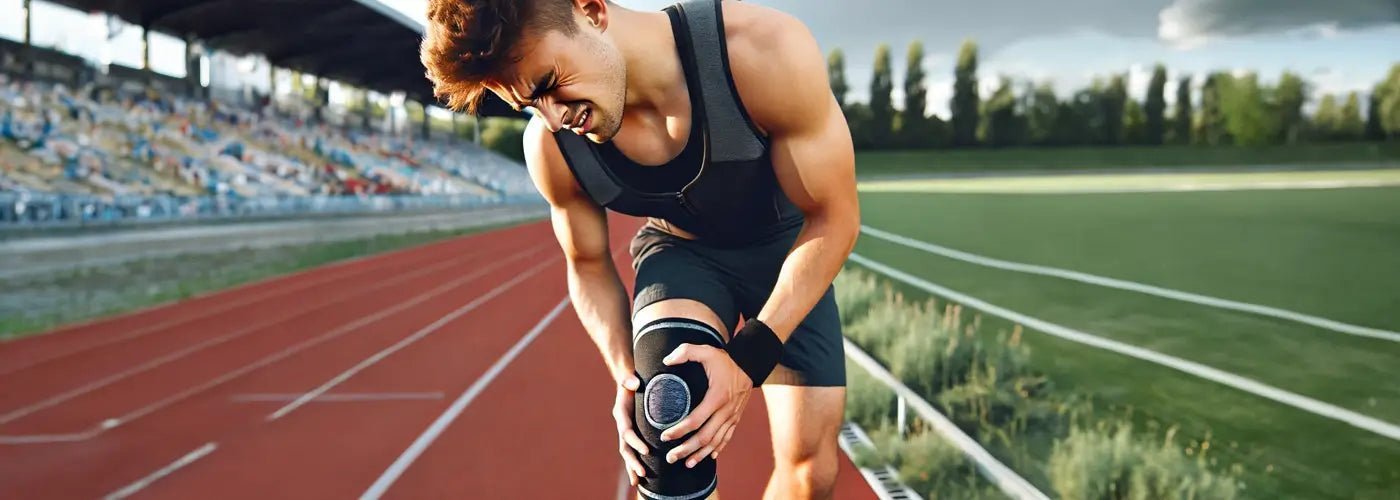
Cruciate ligament injury
Content description
A cruciate ligament injury in the knee often occurs with sudden twisting, lateral loads or direct force, especially in connection with sports or falls. The injuries can lead to significant pain, swelling and a feeling of instability, and it is important to act quickly to avoid long-term problems. With us you can find a wide range of knee protection for osteoarthritis and cruciate ligament injuries that will help you during rehabilitation and when returning to activity.

The knee joint is stabilized by two cruciate ligaments: the anterior and posterior cruciate ligaments. The anterior cruciate ligament prevents the lower leg from sliding forward in relation to the femur and contributes to the rotational stability of the knee. Damage to this ligament therefore affects the stability and function of the knee.
Symptoms of a cruciate ligament injury?
Symptoms can vary, but common signs include:
- Acute pain and swelling immediately after violence to the knee
- A feeling that the knee is giving way or is unstable
- Sometimes a "pop" is heard or felt in the knee at the time of injury.
- Difficulty putting weight on the leg or jumping
- Feeling of instability, especially when twisting
- Swelling and sometimes bleeding in the joints (hemarthrosis)
- Local tenderness on palpation
Classification of cruciate ligament injury
Cruciate ligament tears are classified into three degrees:
- 1: A smaller part of the cruciate ligament has ruptured, causing pain but limited instability.
- 2 A larger part of the cruciate ligament has been damaged, resulting in both pain and instability.
- 3: The cruciate ligament has completely torn, requiring surgery to restore the function and stability of the knee joint.
When and where should I seek care?
If you experience severe pain, your knee swells quickly or feels crooked, it is important to seek medical attention immediately. Contact a health center, 1177 or the emergency room to get an accurate assessment. If you are an active person with severe instability, you should see a physiotherapist or orthopedist as soon as possible.
Treatment
In the acute phase, you should use crutches, rest, and painkillers to reduce the load initially. After that, the goal is to:
- Regain normal movement and strength through physical therapy, which is often the first step to stabilizing the knee.
- In cases of greater instability, a stabilizing knee brace can be effective for about six weeks.
- If rehabilitation does not have sufficient effect after 3–6 months, cruciate ligament reconstruction or ligament surgery may be considered.
Follow-up and self-care
Using a knee brace and following the rehabilitation program is important to minimize the risk of recurrence. With us you will find models such as supports that are designed for just this, designed to provide extra stability during everyday life and training.
In the case of surgery, it is common to start training the same week as the procedure, and recovery takes between 6–12 months depending on the type of surgery and level of rehabilitation.
Recommended products
Do I always need surgery?
No, many people make a full recovery with rehabilitation, especially if the injury is minor or you are less active. If instability persists after exercise, surgery may be considered.
How long do I need to use knee pads?
Generally during the first 4–6 weeks for stabilizing injuries, but it may be wise to continue using support during exercise during healing.
When can I start exercising again?
After gradual mobility and strength training. Slow return to exercise often begins before six weeks, but full recovery can take up to a year.
Can wearing protection prevent osteoarthritis?
Knee protection and good rehabilitation can reduce overload and instability, which in the long run can reduce the risk of wear and tear that leads to osteoarthritis.






